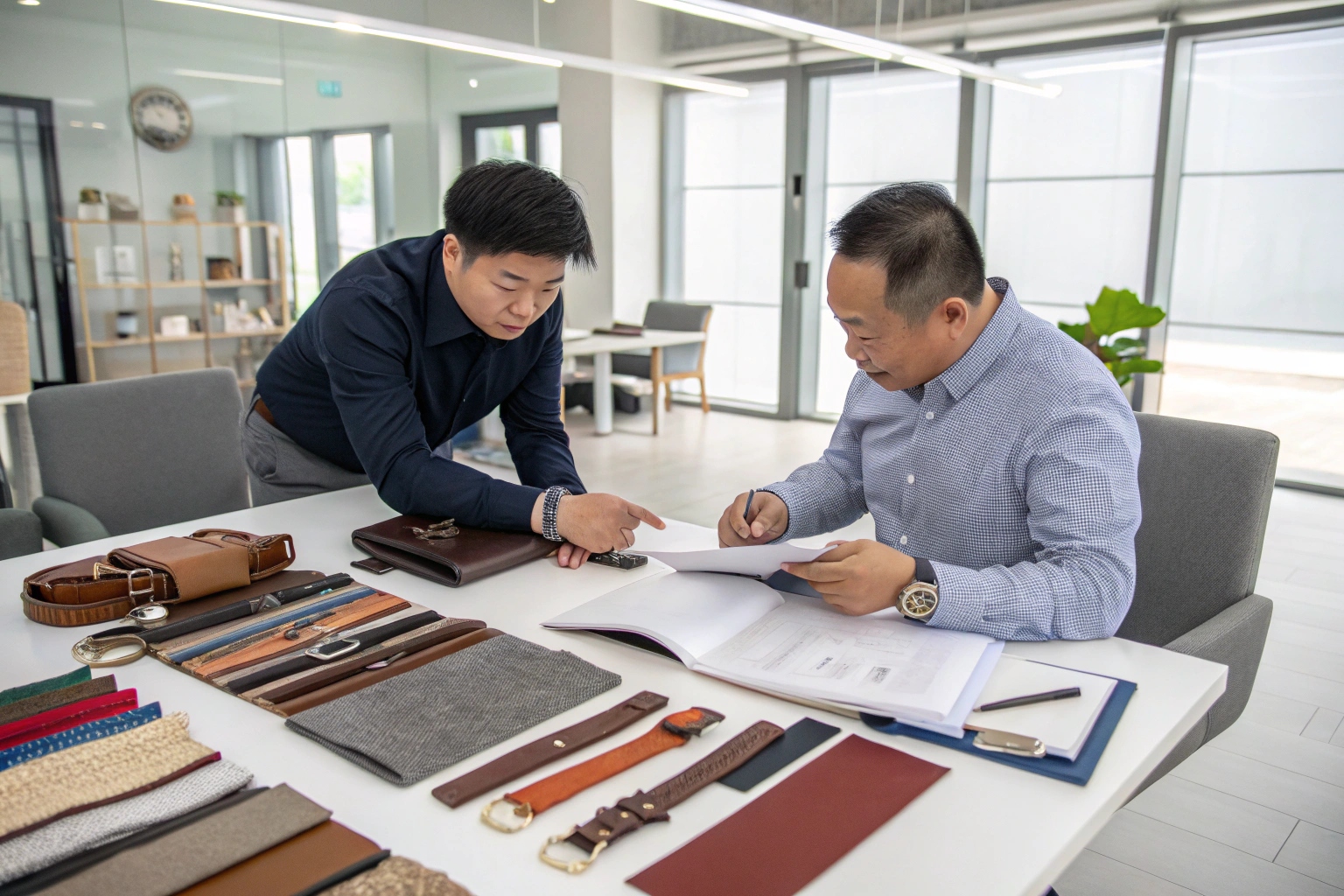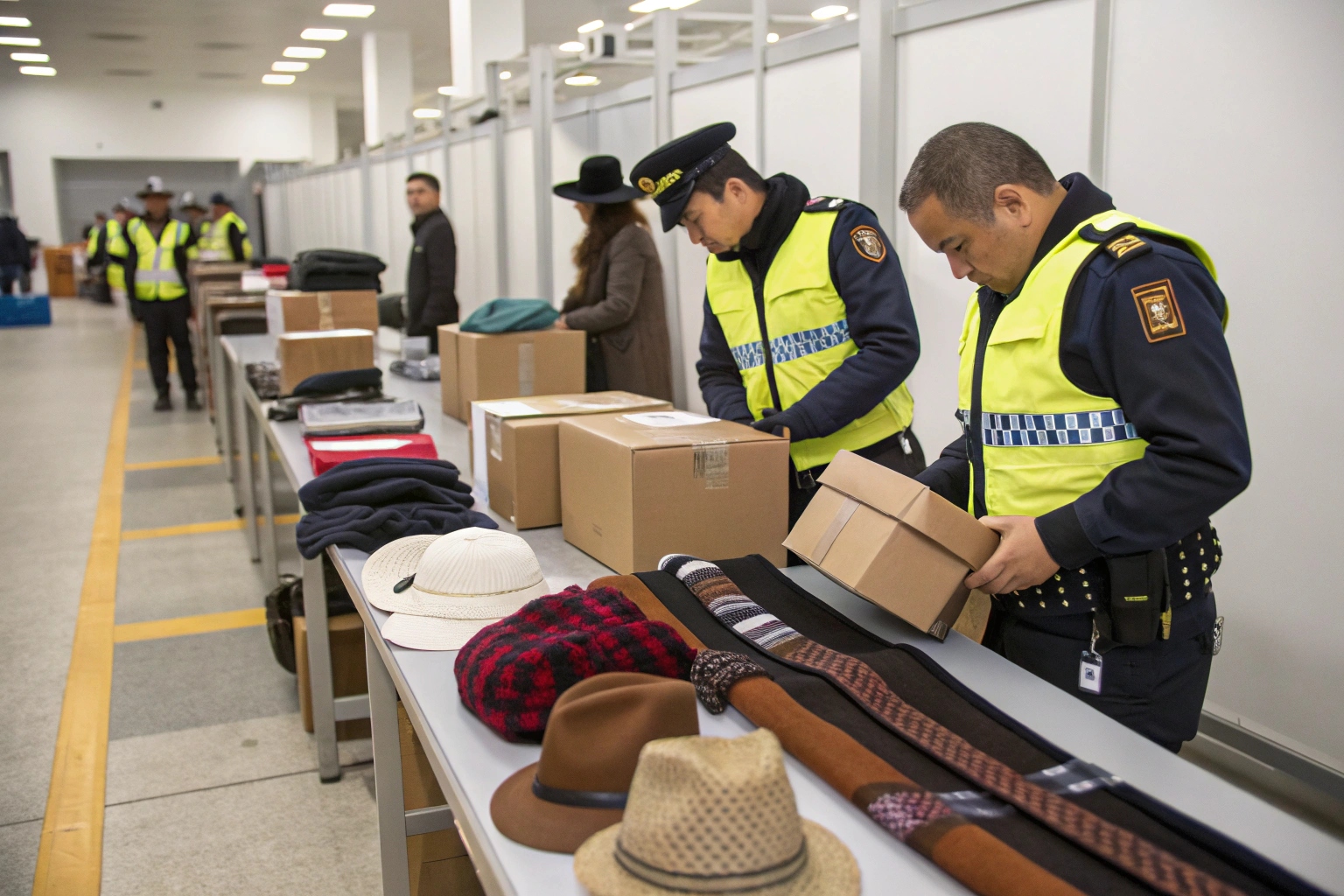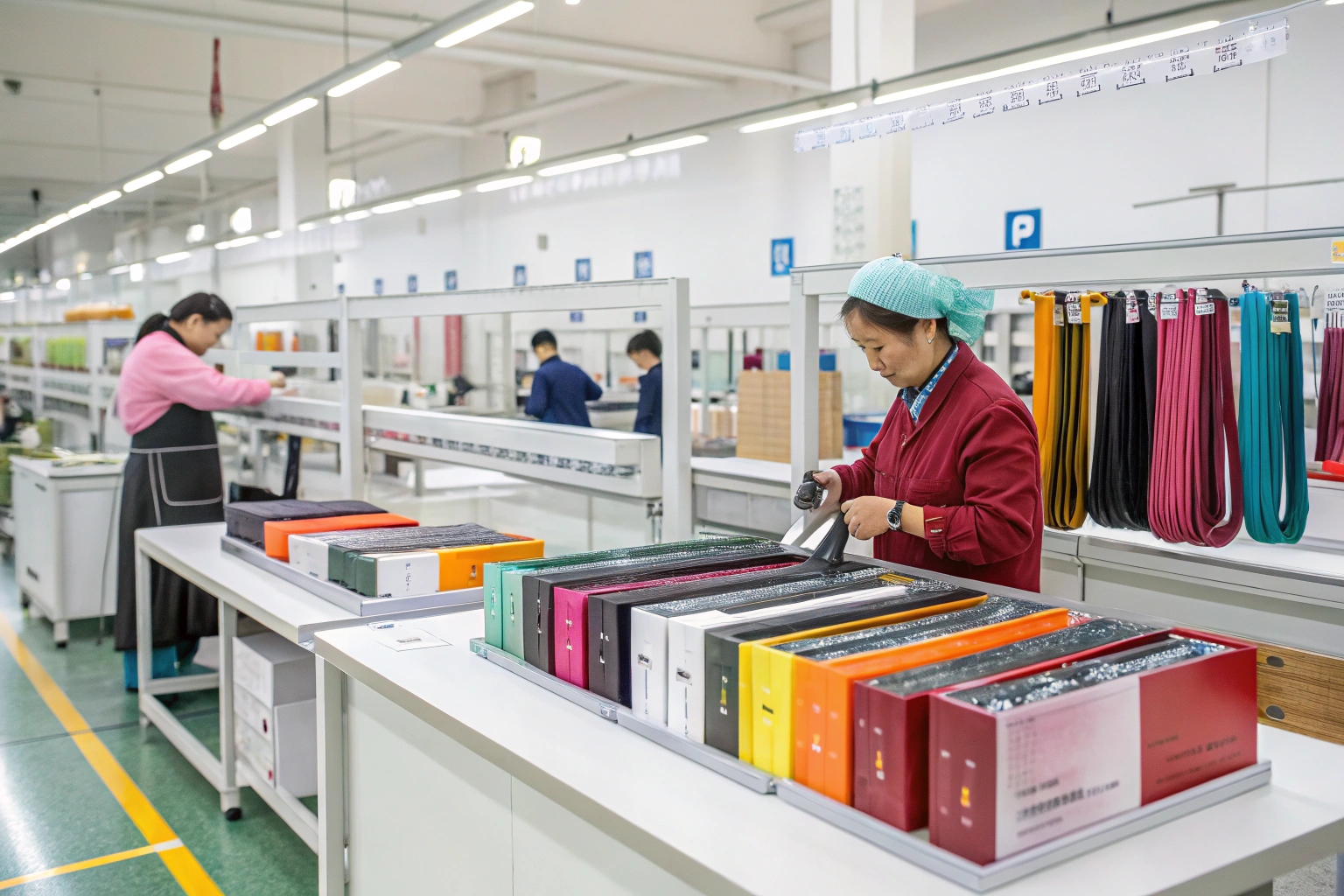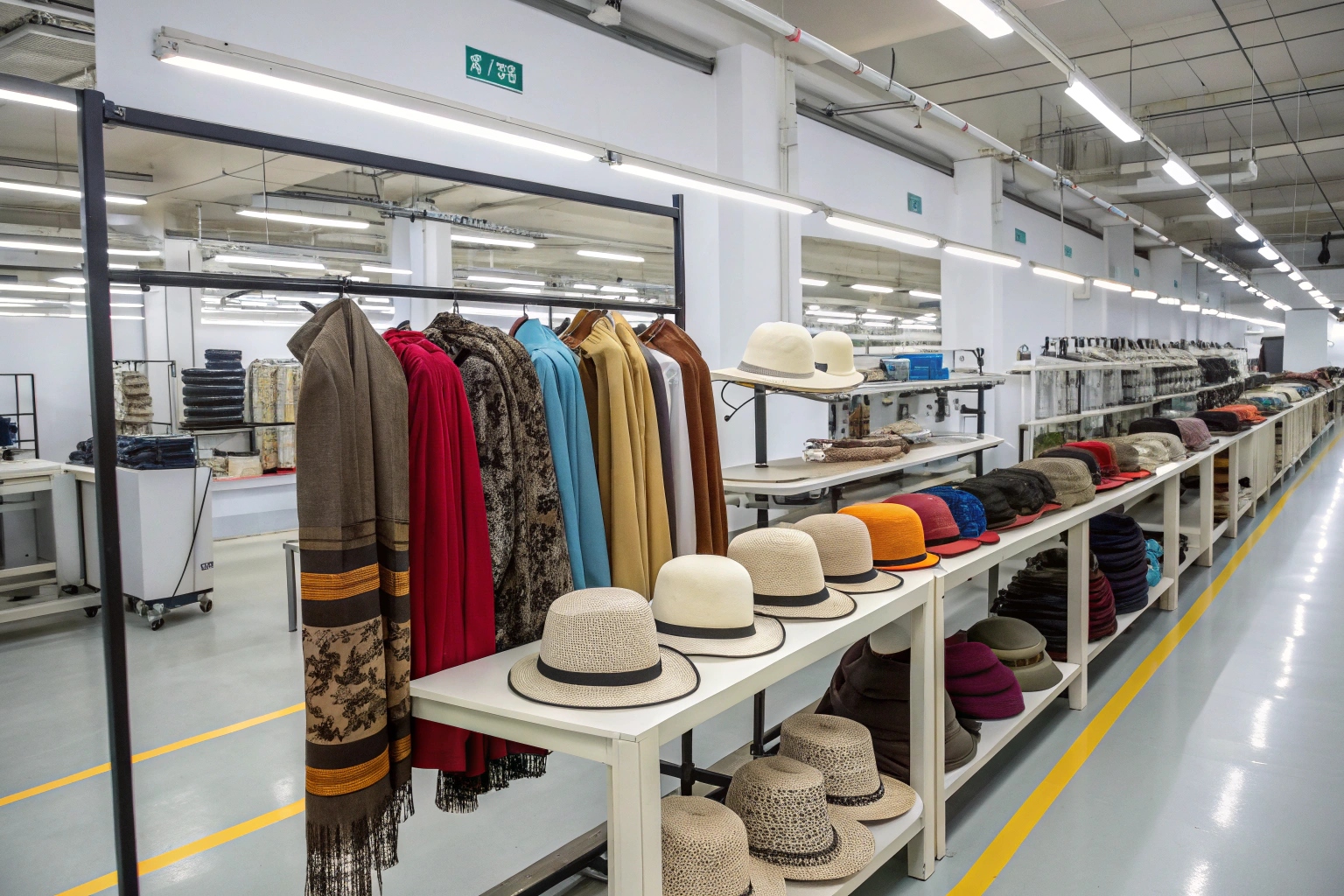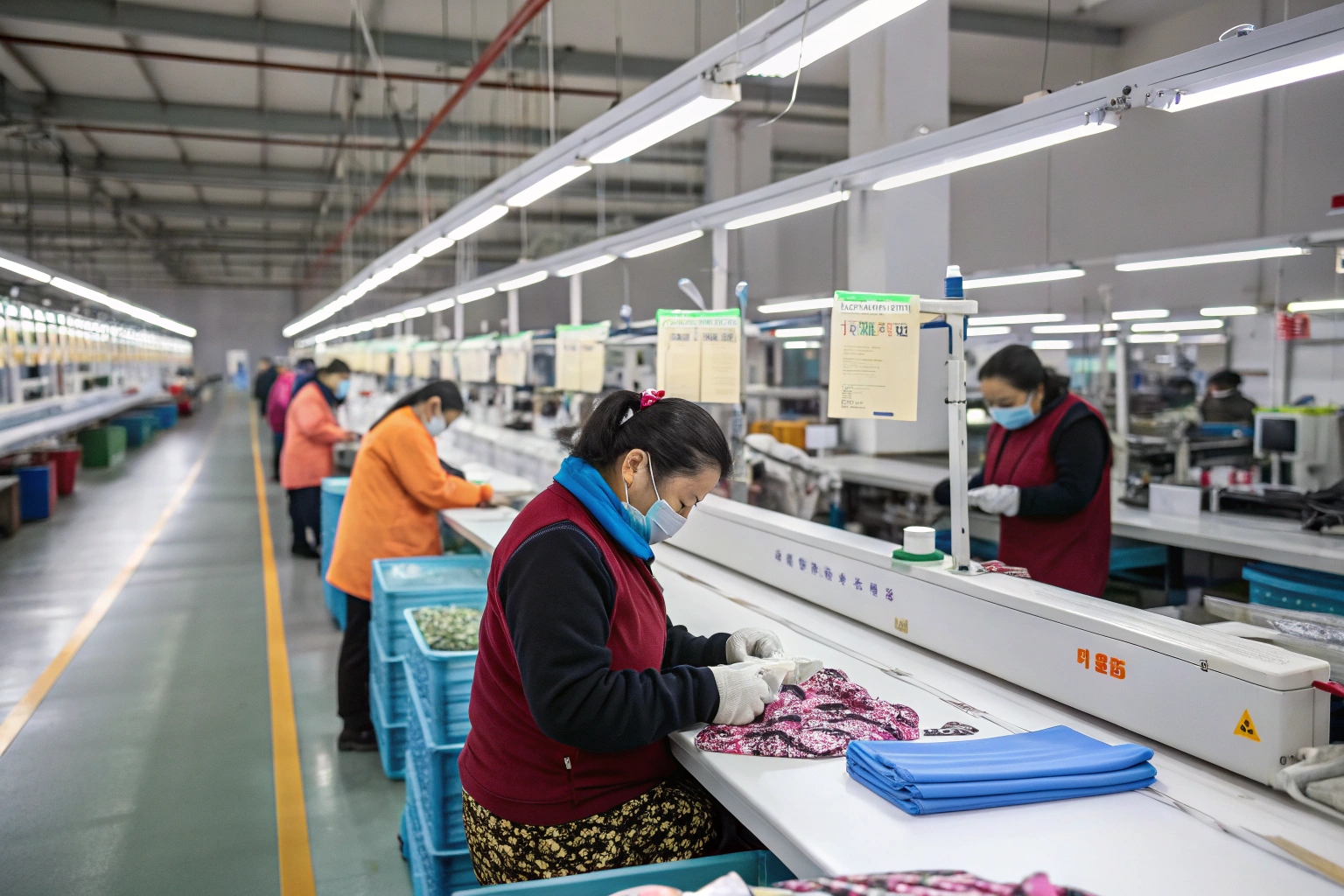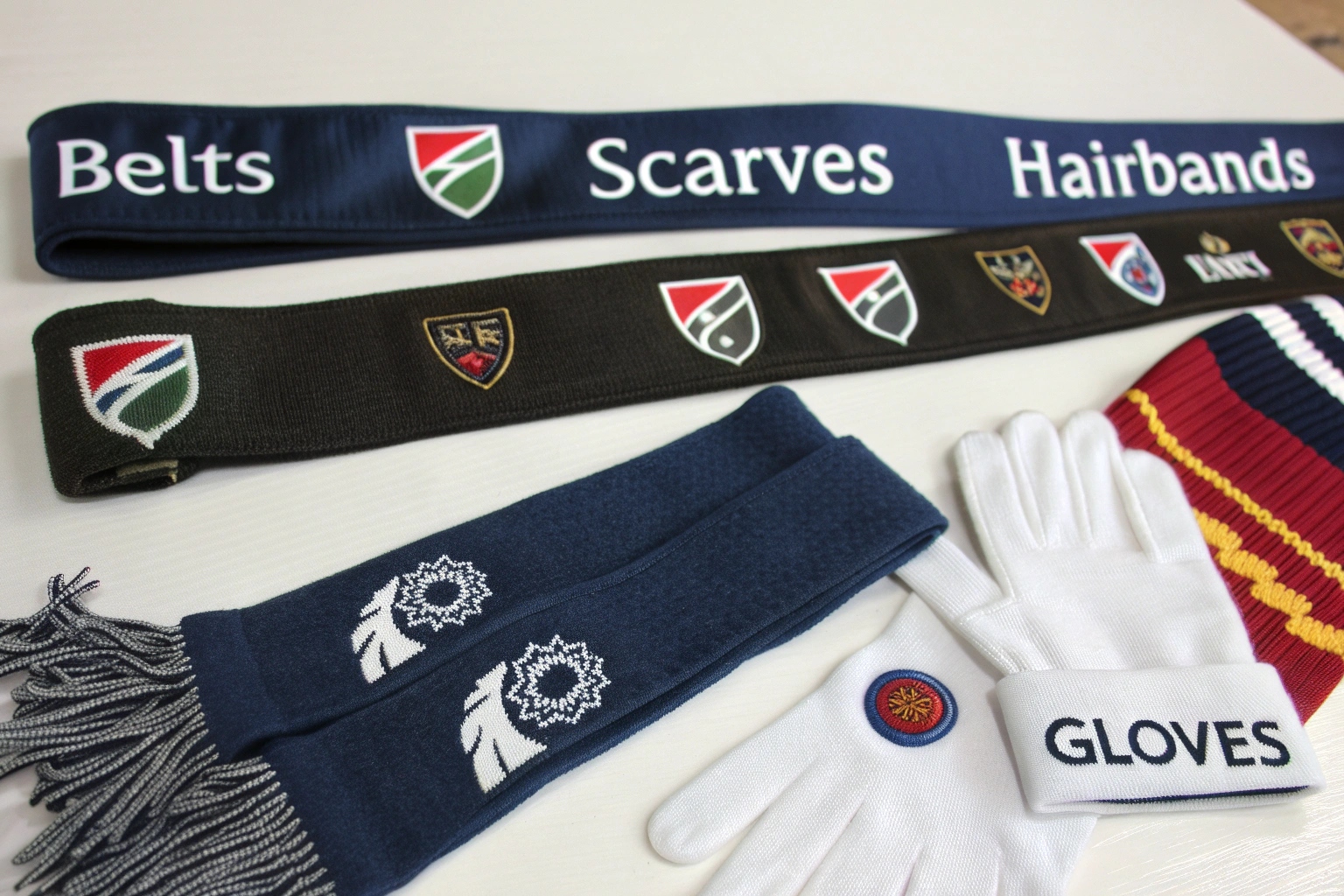You’ve found the perfect factory, the right materials, and a stylish design—but then comes the problem: the minimum order quantity is way higher than you expected.
The MOQ (Minimum Order Quantity) for custom accessories in China varies widely depending on the factory type, materials used, and complexity of customization. At AceAccessory, we help clients balance quality, cost, and scale—starting from as low as 300 pieces per style.
MOQ shouldn’t be a barrier to launching new ideas. When you understand what influences MOQ in China, you’ll know how to plan smarter and negotiate better.
What Is the Average MOQ for Custom Accessories in China?
Most importers expect low MOQs—but China’s vast factory landscape doesn't offer a one-size-fits-all number.
For custom accessories like belts, hair clips, or scarves, the average MOQ in China typically ranges from 300 to 1,000 units per style, depending on the material and level of customization.
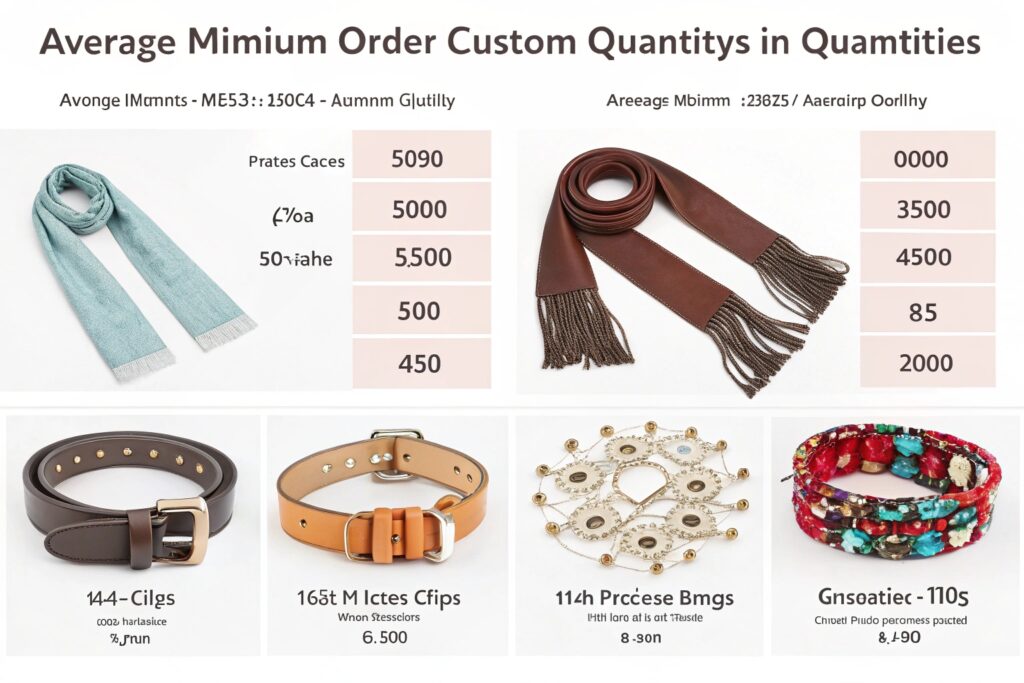
What numbers should you realistically expect?
Let’s look at some typical MOQ ranges for custom accessories:
| Accessory Type | Average MOQ | Notes |
|---|---|---|
| Hair Clips | 500–1,000 pcs | Depends on mold, printing |
| Elastic Hair Ties | 300–500 pcs | Lower due to simple structure |
| Belts | 300–800 pcs | Influenced by hardware and stitching |
| Scarves | 500–1,200 pcs | Printing and fabric minimums matter |
| Hats (Caps, Knit) | 500–1,000 pcs | Embroidery drives MOQ up |
Factories calculate MOQs based on machine setup, raw material ordering batches, and labor efficiency. For example, printing a custom satin scarf may require fabric rolls with 1,000 meters MOQ from the mill—even if the final piece is only 60x60cm.
At AceAccessory, we frequently work with clients starting with 300 pcs per design. In one case, a UK client launched a headband collection with only 900 pcs total across 3 colorways, using shared fabric lots to reduce the unit cost.
How Factory Type Affects MOQ Requirements?
The type of factory you choose directly affects MOQ expectations—especially in China, where supplier scale varies dramatically.
Small workshops may offer flexible MOQs with limited customization, while large-scale OEM factories often demand higher MOQs due to efficiency requirements and in-house production planning systems.
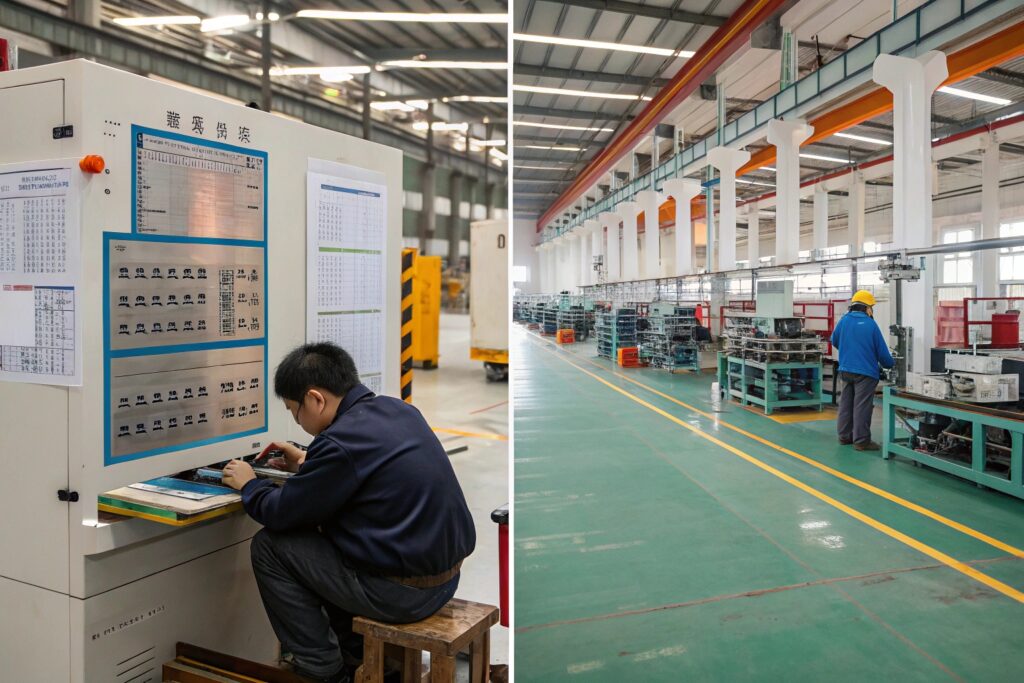
How do different factories handle MOQ differently?
1. Small Family-Run Workshops
- MOQ: 100–300 pcs
- Limited machinery and finishing options
- Ideal for test runs, not for scale
2. Mid-Sized OEM Factories (like AceAccessory)
- MOQ: 300–1,000 pcs
- Can handle branding, packaging, certifications
- Efficient sampling and stable production lines
3. Large Industrial Manufacturers
- MOQ: 2,000+ pcs
- Focus on high-volume exports
- Not ideal for niche or seasonal styles
| Factory Type | MOQ Range | Best Use Case |
|---|---|---|
| Family Workshop | 100–300 pcs | Handmade samples, small launches |
| Mid-Sized OEM Factory | 300–1,000 pcs | Seasonal collections, private labels |
| Large Industrial Factory | 2,000+ pcs | Big box stores, supermarket projects |
In our Zhejiang facility, we balance both flexibility and scale. Our MOQ starts from 300 pcs per SKU, but we consolidate materials across client orders to keep costs down and timelines tight.
Tips to Negotiate Lower MOQs Without Compromising Quality.
If your first instinct is to ask for lower MOQs—you're not alone. But instead of pushing back directly, it’s smarter to adjust your request based on what the factory can offer.
To lower MOQs without losing quality, simplify your designs, group SKUs using shared materials, offer forecast volumes, and build trust through repeatable small orders.
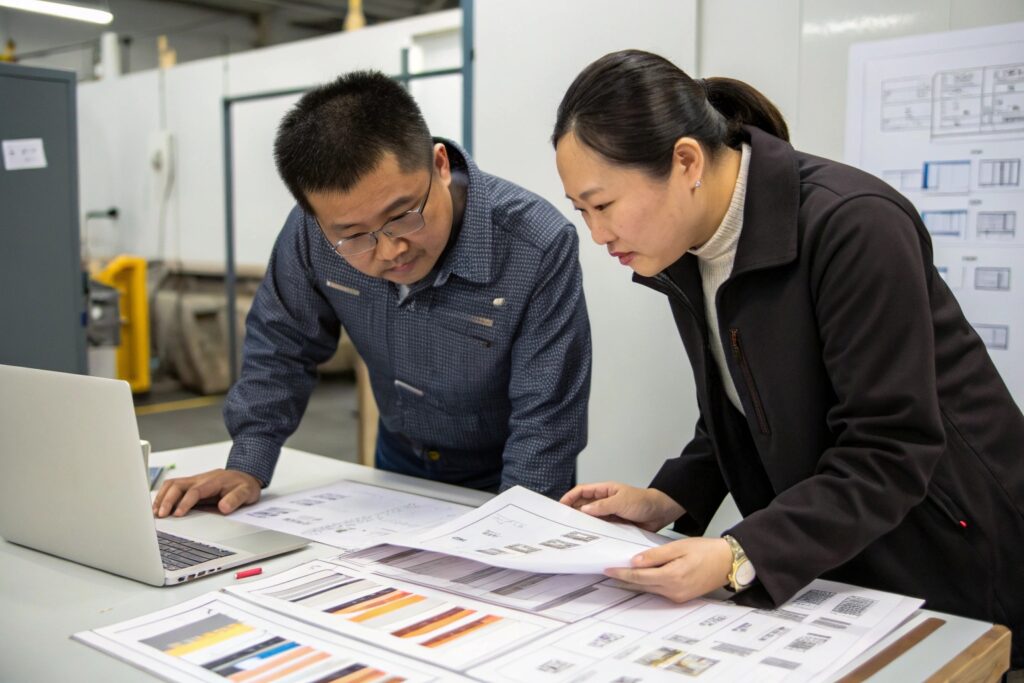
What are practical steps to get a better MOQ?
A. Simplify Customization
- Skip full embroidery for heat transfer
- Choose stock materials over custom-mixed fabrics
B. Bundle SKUs
- Instead of 500 pcs of one style, try 3 colors x 200 pcs = 600 pcs
- Factories will often treat colorways as one style for setup
C. Share Forecast Volumes
- Let the factory know you're planning 5,000 pcs over the next 6 months
- Many suppliers will lower the MOQ if they see long-term volume
D. Offer Flexible Lead Times
- If you allow them to group your production with another client’s order, they’ll likely reduce the MOQ
| Negotiation Tip | Factory Viewpoint | Result |
|---|---|---|
| Use stock trims or fabrics | Easier sourcing and planning | Lower MOQ accepted |
| Repeat order potential | Stable client relationship | Factory lowers risk and MOQ |
| Shared material grouping | Less waste, more efficiency | Factory willing to batch smaller jobs |
| Flexible color assortment | Single setup for multiple SKUs | Treated as one MOQ bracket |
We recently worked with a U.S. brand launching a velvet scrunchie line. Instead of ordering 1,000 pcs per SKU, we bundled 5 colors in one production run and hit the minimum fabric roll requirement—resulting in an MOQ of just 250 pcs per color.
MOQ Trends by Material: Fabric, Metal, Plastic.
The raw material has a huge impact on MOQ. Factories don’t always set the rules—material suppliers often do.
Fabrics typically have higher MOQs due to roll sizes, while metal and plastic components depend on mold cost and die casting setup. Shared materials across SKUs can significantly lower the effective MOQ.
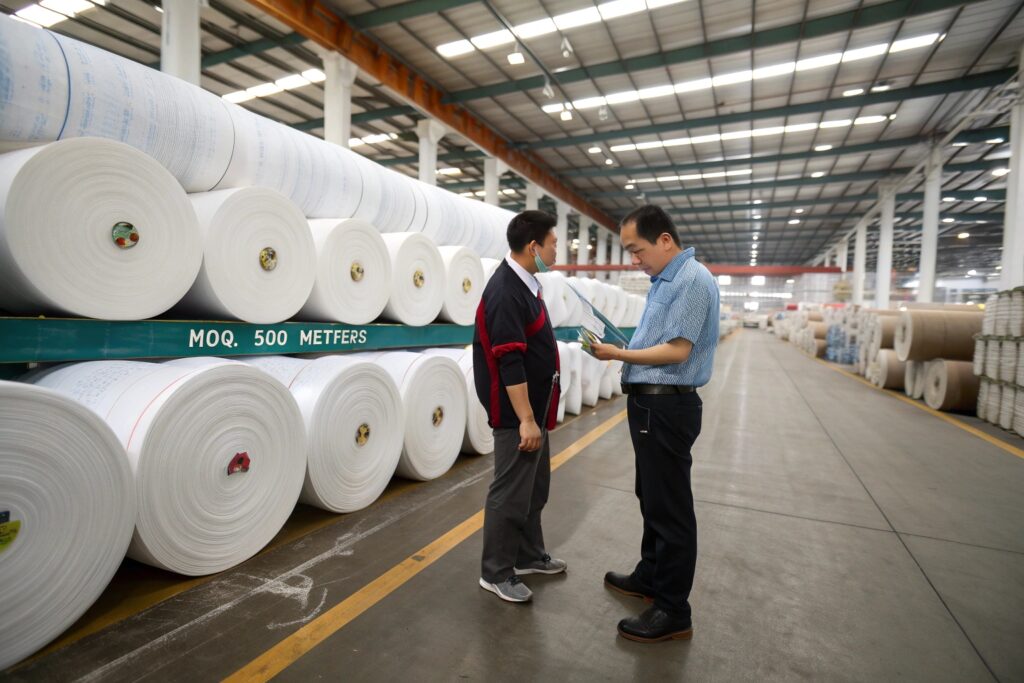
How does the material type shift your MOQ strategy?
1. Fabric-Based Accessories (Scrunchies, Scarves, Hats)
- Suppliers often require 1,000m per roll
- MOQ rises unless you can consolidate styles using the same fabric
- Best for brands using seasonal color palettes or prints
2. Metal Components (Buckles, Clasps, Hairpins)
- High mold costs = higher MOQ unless using existing dies
- MOQ per design: 500–2,000 pcs
- Ideal for brands willing to use shared base hardware
3. Plastic Injection (Hair Clips, Decorative Add-ons)
- Setup and cooling time limit small runs
- MOQ per mold: 1,000–5,000 pcs unless using open molds
- Some suppliers allow “shared production runs” to offset costs
| Material Type | MOQ Influence | MOQ Range | Tip for Lower MOQ |
|---|---|---|---|
| Fabric | Based on roll sizes, not pcs | 500–1,000 pcs | Group SKUs by shared fabric |
| Metal | Mold setup and finishing | 500–2,000 pcs | Use generic or existing molds |
| Plastic | Mold costs and cooling cycles | 1,000–5,000 pcs | Ask for “open mold” product lines |
At AceAccessory, we often coordinate multi-brand fabric sharing or stock up on seasonal colors. This lets new clients test their designs with just 200–300 pcs while keeping the per-unit price competitive.
Conclusion
MOQ trends in China are shifting as factories embrace flexibility and new material strategies. By understanding the role of factory type, raw materials, and negotiation techniques, importers can launch their accessory lines at smaller scales—without sacrificing quality or margins.

